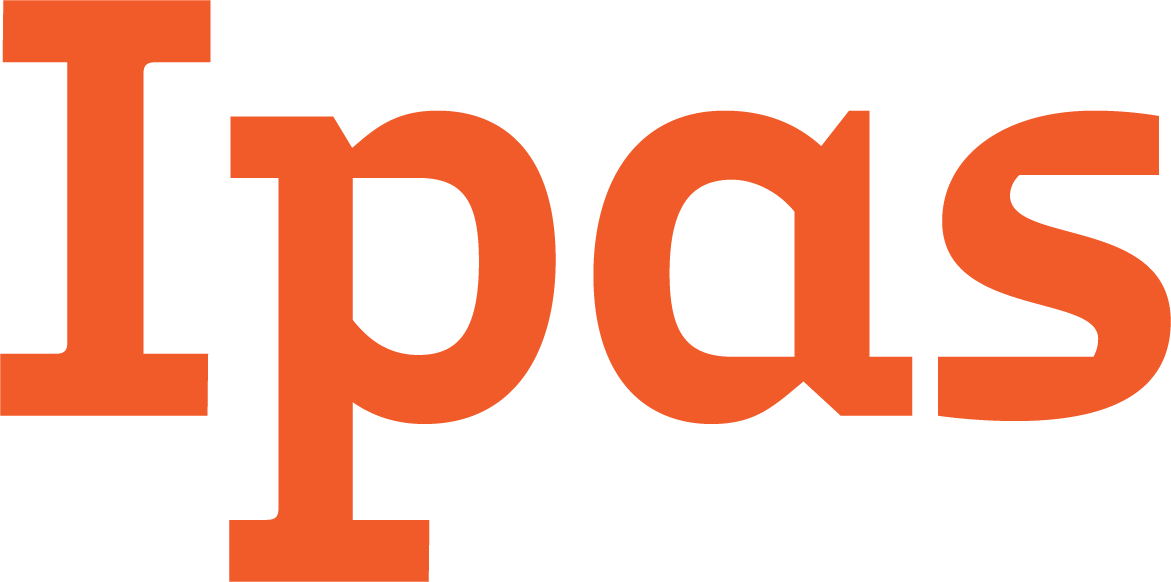
L’échelle d’auto-efficacité par rapport à l’avortement (Abortion Self-Efficacy Scale, ASES) est un outil composé de 15 items conçu pour mesurer l’auto-efficacité par rapport à l’avortement au niveau personnel et communautaire. L’outil peut être utilisé dans le cadre d’une recherche formative pour éclairer la conception, le contenu et la formulation des messages d’interventions visant à accroître l’auto-efficacité en matière d’avortement. Il peut également être utilisé pour mesurer les changements au fil du temps dans l’auto-efficacité par rapport à l’avortement. De plus, les scores ASES peuvent être utilisés pour comprendre les facteurs associés à l’auto-efficacité par rapport à l’avortement.
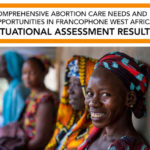
This situational assessment, conducted by Ipas in collaboration with international and in-country agencies in March-May 2015, looks at comprehensive abortion care (CAC) needs and opportunities in francophone West Africa. It concludes there are clear and promising opportunities to expand CAC services to the women who need them and are entitled to them by law, despite the cultural, religious and political opposition to CAC that remains strong in some settings. It also offers specific recommendations in support of implementing CAC programs in francophone West Africa.
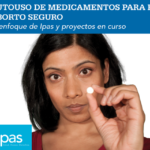
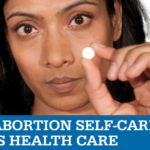
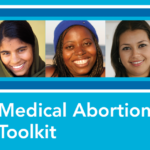
A set of guides and related resources providing up-to-date clinical information, activities and learning materials for trainers to use in helping health-care workers acquire the appropriate knowledge, attitudes and practical skills they need to provide first-trimester medical abortion.
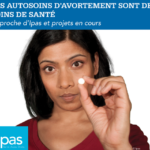

Esta guía está dirigida a promotores interesados en apoyar mayor acceso a los servicios de aborto seguro en su país. Les ayudará a usted y a sus colegas a formular una estrategia que tenga en cuenta las consideraciones únicas para actividades de promoción y defensa (advocacy) relacionadas con el aborto. Se recomienda que utilice esta guía en colaboración con un pequeño grupo de partes interesadas comprometidas a trabajar de manera conjunta para ampliar el acceso a los servicios de aborto seguro. Aunque esta guía es una introducción dirigida a las personas que están comenzando su trabajo de advocacy por el aborto, también es un recurso útil para promotores con experiencia.

Este guia destina-se a defensores interessados em apoiar a expansão do acesso a serviços de aborto seguro nos seus países e ajudará você e seus colegas a desenvolverem uma estratégia que toma em conta as considerações exclusivas para a defesa de direitos relacionados ao aborto. Pretende-se que você trabalhe com este guia juntamente com um pequeno grupo de intervenientes que estão comprometidos em trabalhar em conjunto na expansão do acesso a serviços de aborto seguro.
Embora este guia seja uma cartilha para aqueles que podem ser novos na defesa do aborto, também é um recurso útil para defensores mais experientes.
This study sought to determine the proportion of women presenting for an induced abortion in Ghana who could use a gestational wheel to determine if they had reached at least 13 weeks or fewer than 13 weeks of pregnancy accurately.
Given the overall safety profile and increasing availability of medical pregnancy termination drugs, we asked: would the mifepristone–misoprostol regimen for medical termination at ≤10 weeks of gestation meet US Food and Drug Administration regulatory criteria for over-the-counter (OTC) approval, and if not, what are the present research gaps?
For women in India, access to abortion has been marred by extreme stigma, lack of awareness about its legality, unavailability of safe services near the community, and high costs charged by providers. Unsafe abortion practices were the third largest contributor of maternal deaths in India. However, over the last decade, women who cannot access safe and legal services have moved to self-use of medical abortion (abortion with pills) — perhaps a better option than resorting to life-threatening means.
This study explored women’s experiences accessing services and estimate costs incurred for first-trimester abortion at four public hospitals in KwaZulu-Natal Province, South Africa. Despite the availability of government assistance for children through South Africa’s “child grant,” the affordability of raising a child was a major concern for women. Although theoretically available free of charge in the public sector, women experienced challenges accessing abortion services and incurred costs which may have been burdensome given average local earnings. These potential barriers could be addressed by reducing the number of required visits and improving availability of pregnancy tests and supplies in public facilities.
The Trump administration will withhold $32.5 million from UNFPA’s 2017 budget, undoing years of lifesaving support for maternal health.
Research has not kept abreast of women’s self-use of medical abortion, leaving many gaps in the scientific literature regarding the ideal conditions for safe and effective use. In December 2016, a group of 20 global abortion researchers convened following the Africa Regional Conference on Abortion to discuss current and future research on medical abortion self-use. This article lays out their list of identified research gaps and methodologic considerations in addressing them—challenges that are intended to inform both ongoing and future research.
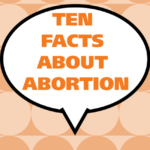
This manual serves as a quick reference guide for pro-choice advocates. The guide offers factual evidence debunking ten widely disseminated abortion myths, and provides supporting background information and resources. We hope this guide will help reproductive rights activists to confidently respond to challenges to our work and to continue advocating for abortion based on clear, scientific and unbiased data.

Este manual sirve como guía de referencia rápida para promotores del derecho a decidir. La guía ofrece evidencia factual, que desacredita diez mitos sobre el aborto ampliamente difundidos, y proporciona antecedentes y recursos suplementarios. Esperamos que esta guía ayude a activistas defensores de los derechos reproductivos a responder con confianza a los retos en nuestro trabajo y a continuar abogando por el derecho al aborto basándose en datos científicos claros e imparciales.
The objective of this study was to validate recommended reprocessing methods for Ipas manual vacuum aspiration (MVA) devices. The study found that Ipas MVA devices were not negatively affected following validated instrument reprocessing methods for high-level disinfection (HLD) or sterilization for up to 25 reuse cycles. STERRAD and Cidex OPA did not meet assessed standards and are therefore not recommended. Strict adherence to guidance is critical for effective reprocessing of instruments.
The objective of this research was to explore the context of abortion stigma in Ghana and Zambia through qualitative research, and develop a quantitative instrument to measure stigmatizing attitudes and beliefs about abortion. Focus group discussions were conducted in both countries, and a Stigmatizing Attitudes, Beliefs, and Actions scale was created. It captures three important dimensions of abortion stigma: negative stereotypes about men and women who are associated with abortion, discrimination/exclusion of women who have abortions, and fear of contagion as a result of coming into contact with a woman who has had an abortion. It provides a validated tool for measuring stigmatizing attitudes and beliefs about abortion in Ghana and Zambia and has the potential to be applicable in other country settings.
This factsheet shares the results of a national study by the Guttmacher Institute and Ipas, in collaboration with the Ethiopian Society of Obstetricians and Gynecologists and the Ethiopian Public Health Association, and in conjunction with Ethiopia’s Federal Ministry of Health.

